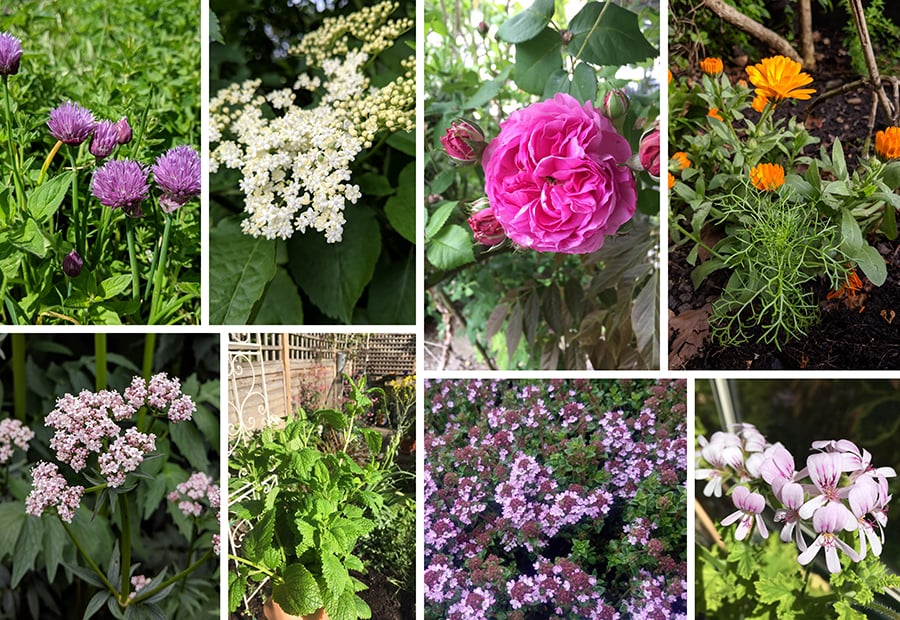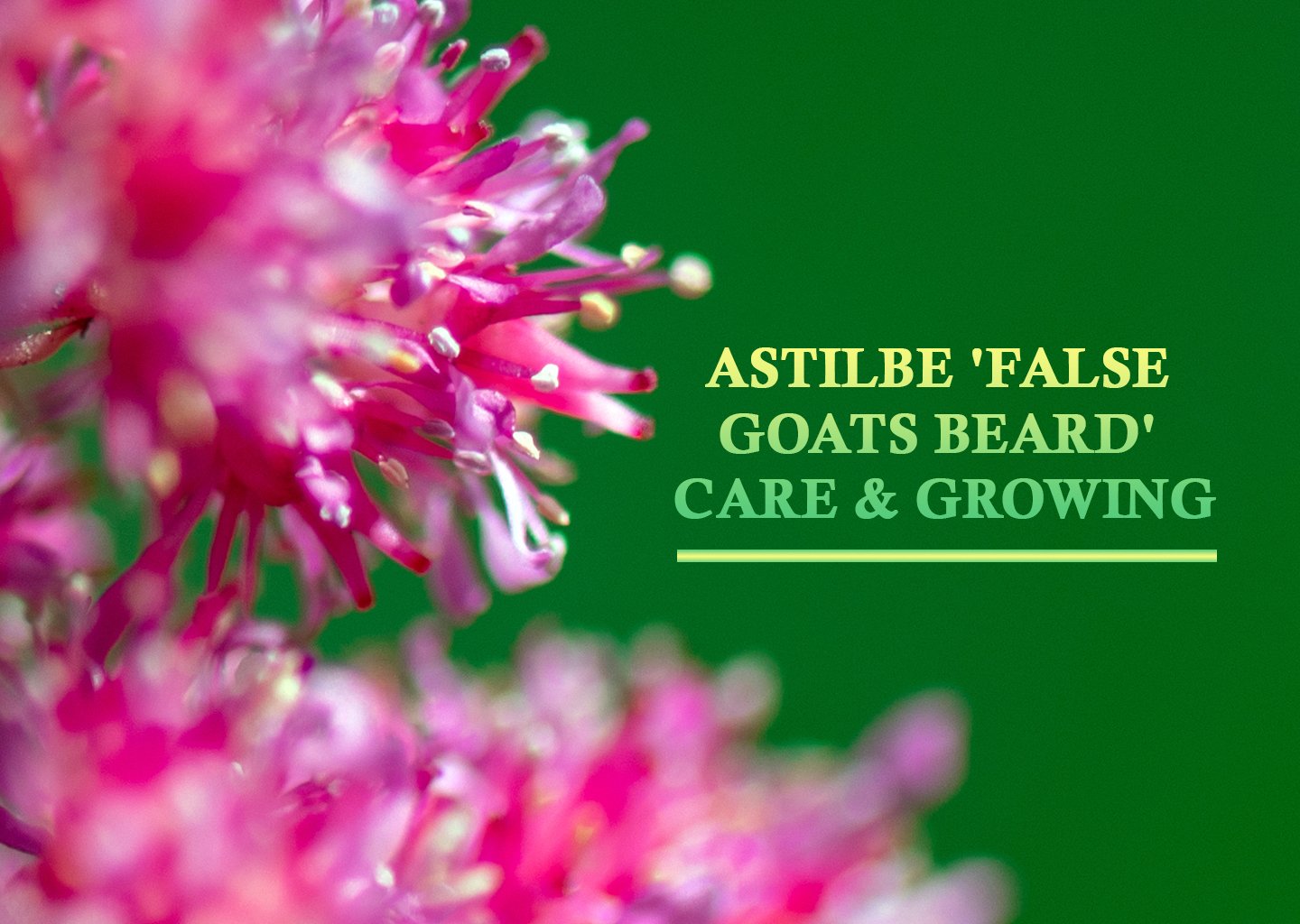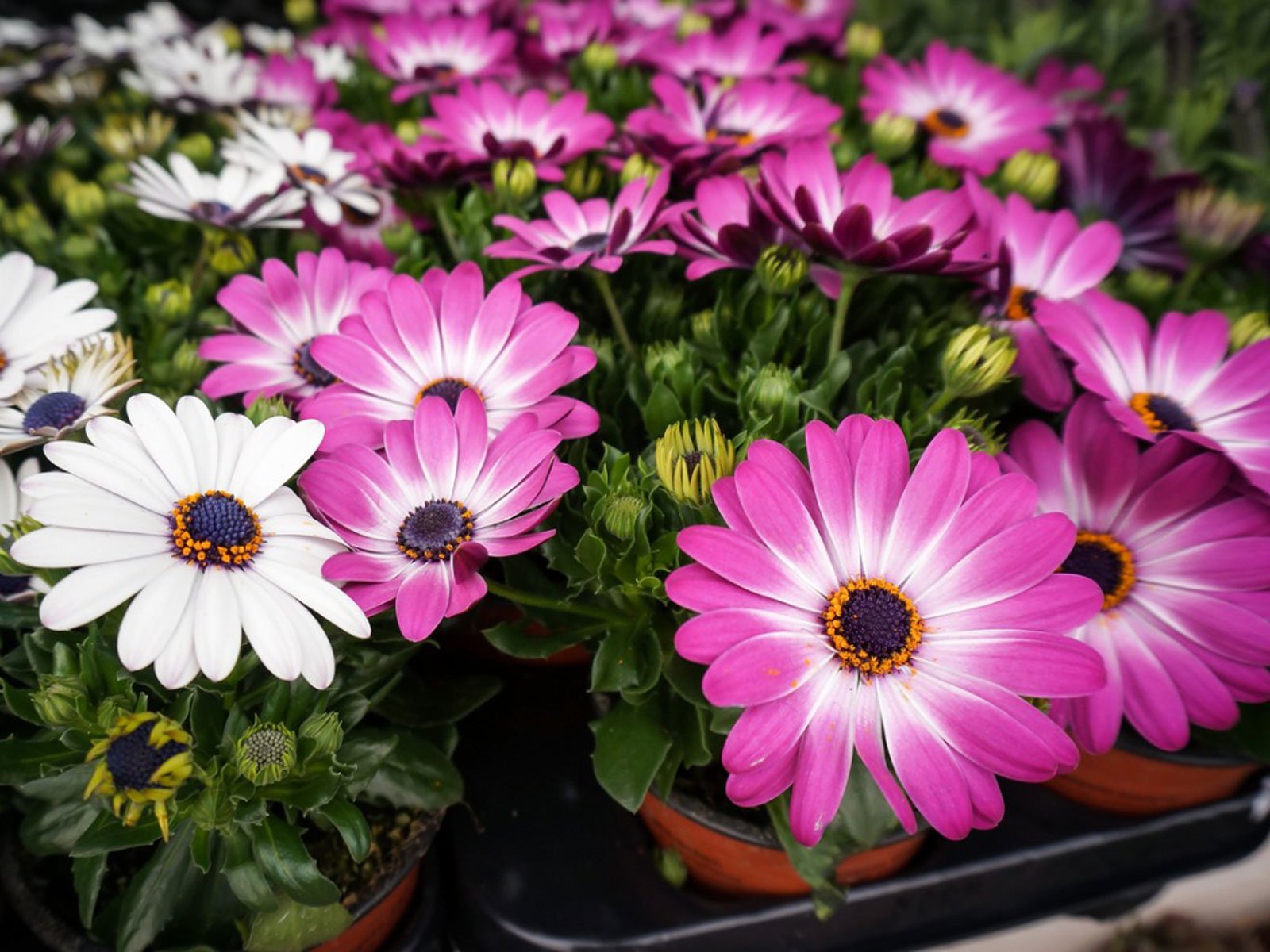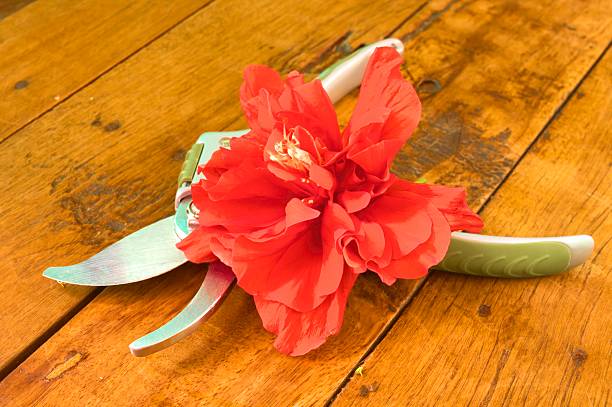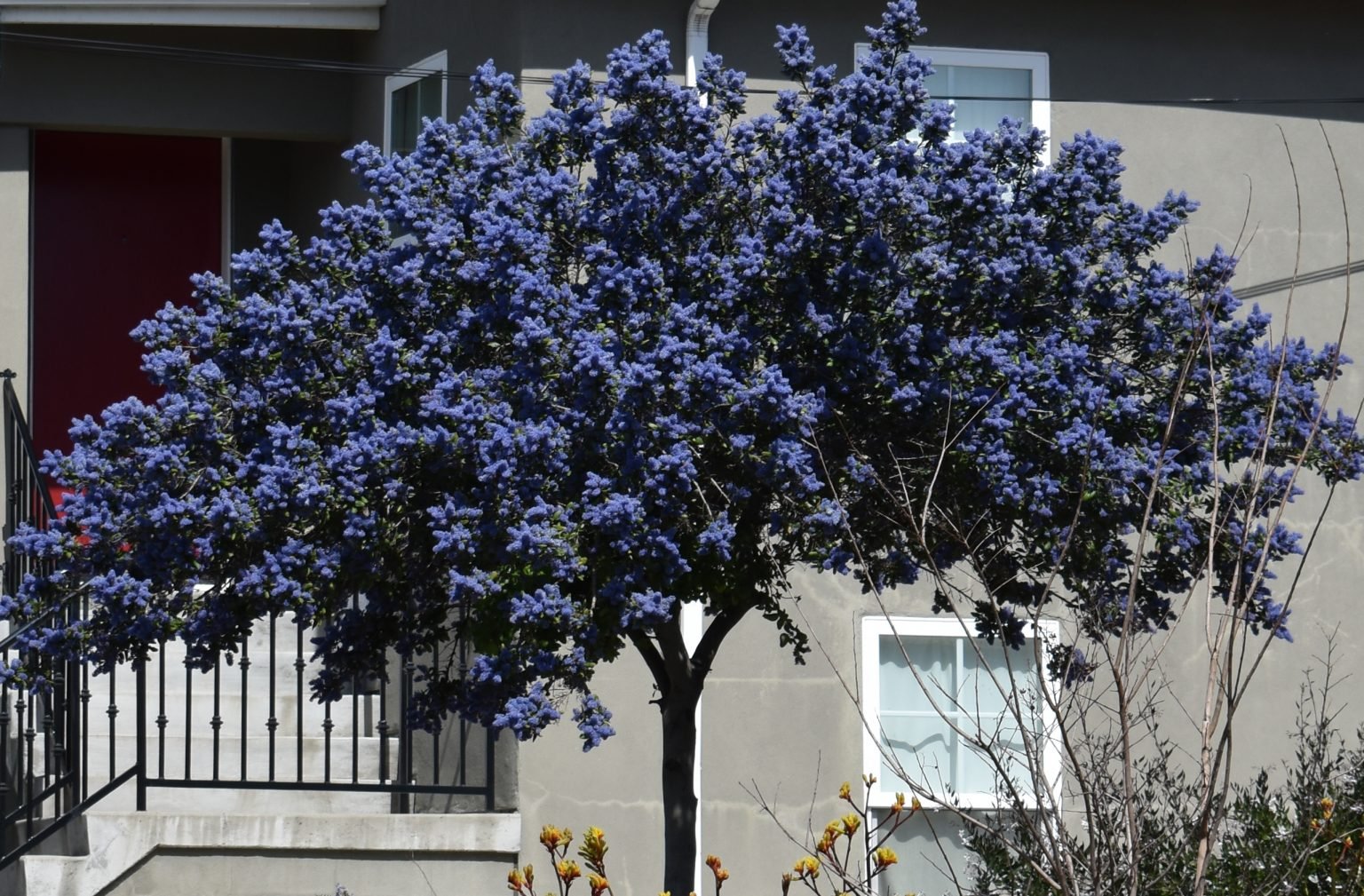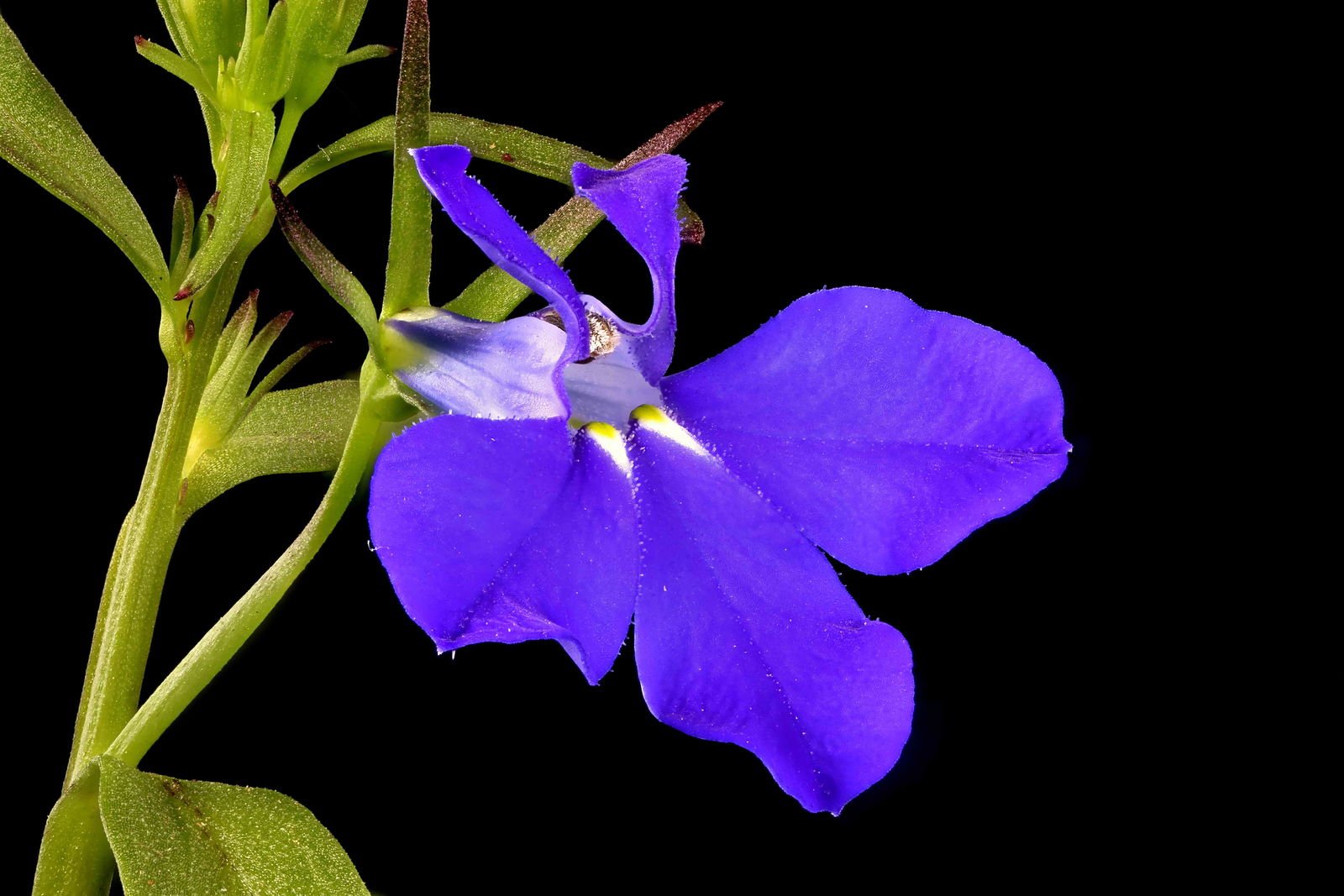The Ultimate Guide to Pieris Japonica Care and Growth
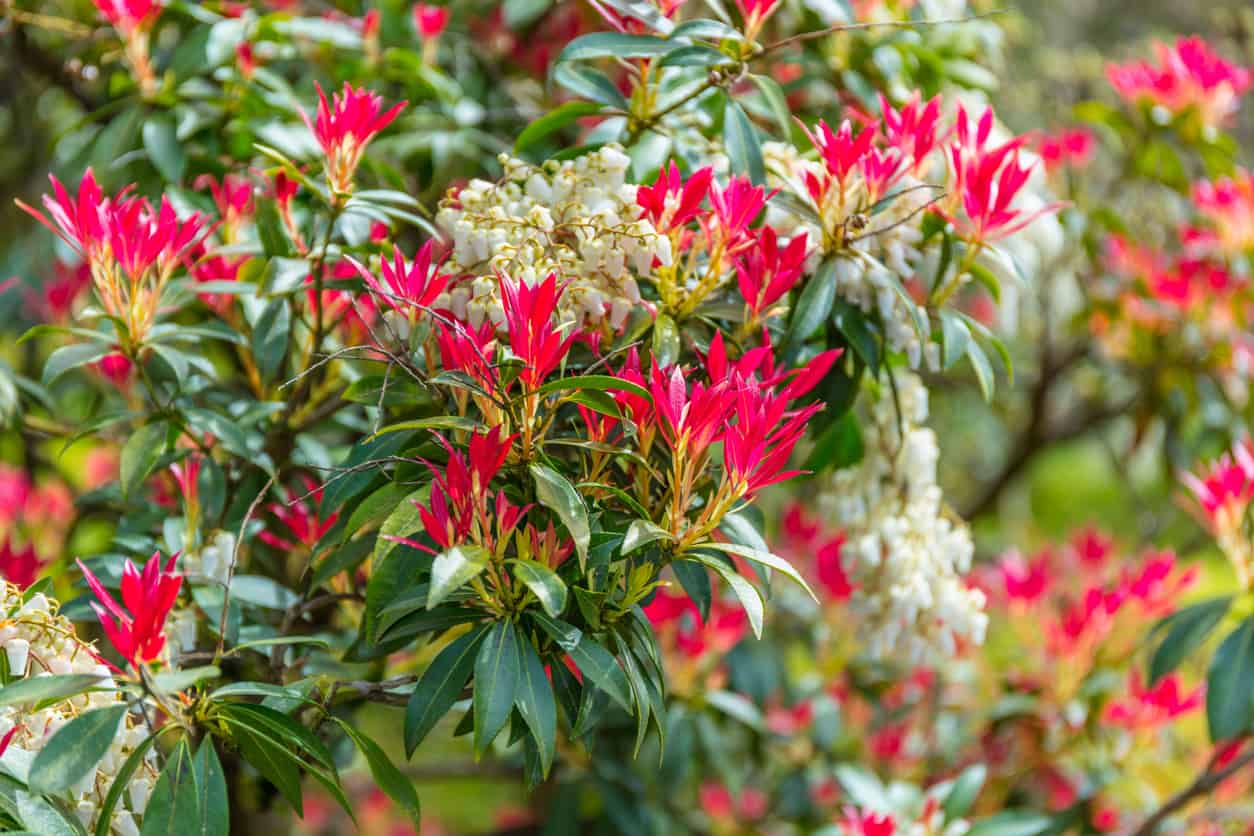
Table of Contents
Want to make your garden brighter? Pieris japonica is a flowering plant that natively belongs to the Asian continent. Leaves are in an alternate pattern and have urn-shaped flowers. In this plant, you can find leaves in brown and green colours. The flowers come in pink, white, and yellow, making your garden a lively space.
Pieris japonica is a great addition to your garden; it’s harmful to eat or ingest the leaves or flowers of these plants. They produce grayanotoxins which, when ingested by pets, can lead to complicated consequences and even death.
Therefore, make sure while planting that your plant is grown in a safe place. The best part of this plant is the spring season, when one gets to witness the blooming of those pretty flowers from buds. Now If you want to grow these in your garden, then here are some of the tips which you can follow.
Growing Tips for Pieris Japonica
1. Planting the Seeds
If you are planning to plant the seeds in your garden or pot, make sure to make the soil mix before planting. Use new seeds and a big pot to sow the seeds. The best time to plant the seeds is during February, and they mostly germinate in 60-70 days. So, if you have planted a seed in your wait, make sure to have patience before you see any plantlet. After germination and proper maturation, you can enjoy the flowers during March or April.
Regular watering and the right spot is the first thing you need to look for while plantain the seeds. But, this doesn’t take much time as they are easy-growing plants and survive well under environmental stress.
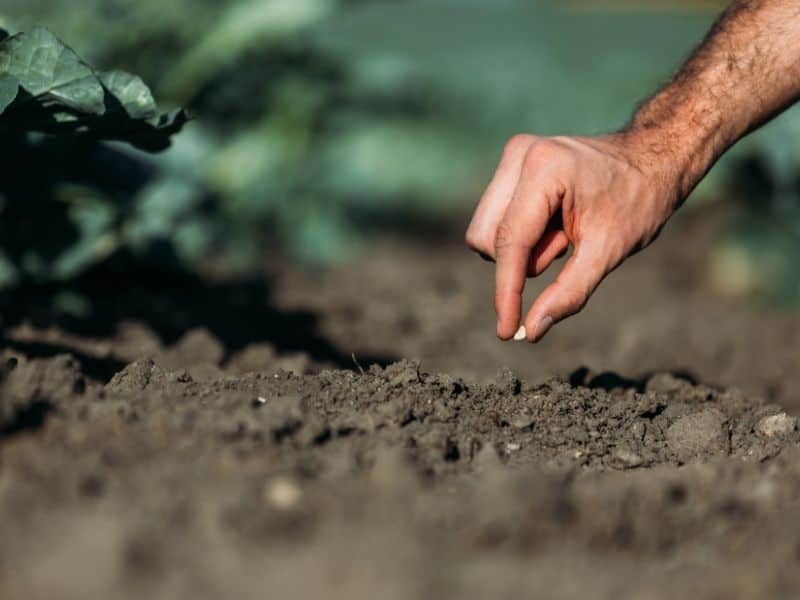
2. Soil and Sunlight Requirements
Pieris japonica loves slightly acidic, moist soil, so before planting them use a pH meter or can take help from the laboratory. In case the soil is acidic, you can use compost containing acids.
For the sunlight, these plant doesn’t love bright sunlight. Thus, plants grow well in shade or partial sunlight, making them apt for indoor, and are also known to absorb the sulphur oxides purifying the air of the atmosphere.
Being the neutral day plant, if they are kept or planted in direct sunlight, their photosynthesis rate gets affected. Stomata on the plants remain open, therefore, dehydrating the plant to death. So, if you are planting Pieris japonica in your house, then you find the right spot for them without much complication.
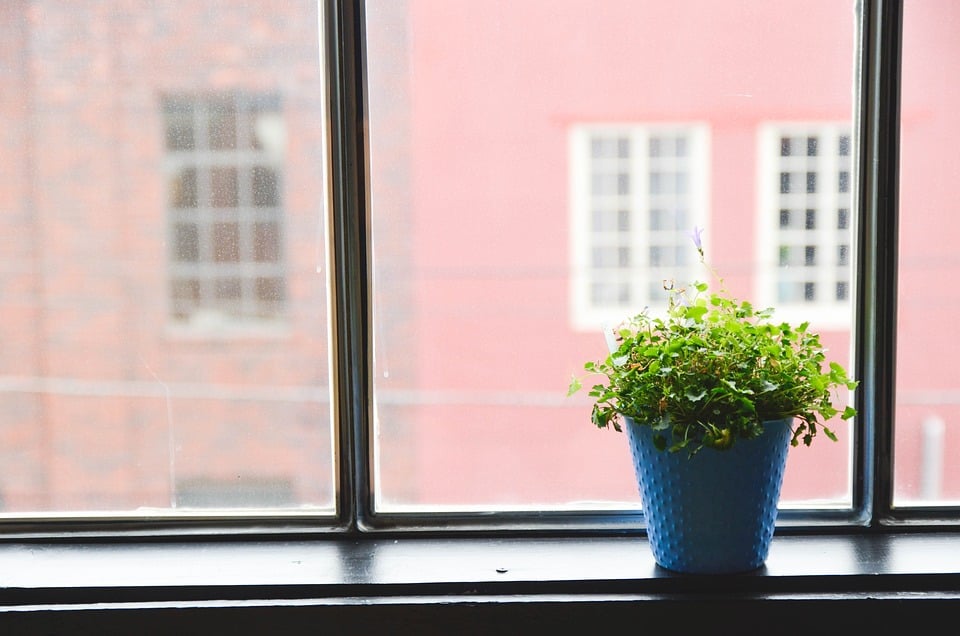
3. Watering
Pieris japonica is water-loving and thrives well in moist soil. You have to make sure to make a schedule to water them at least twice a day. During germination and in the blooming season, make sure to water them more than usual. But, before watering the plants, remember to do a finger test. If your water is too much, then the roots will rot, thus, hampering your plant growth.
Using the drainage pots can help you keep the plant moist and will also maintain the water in plants.
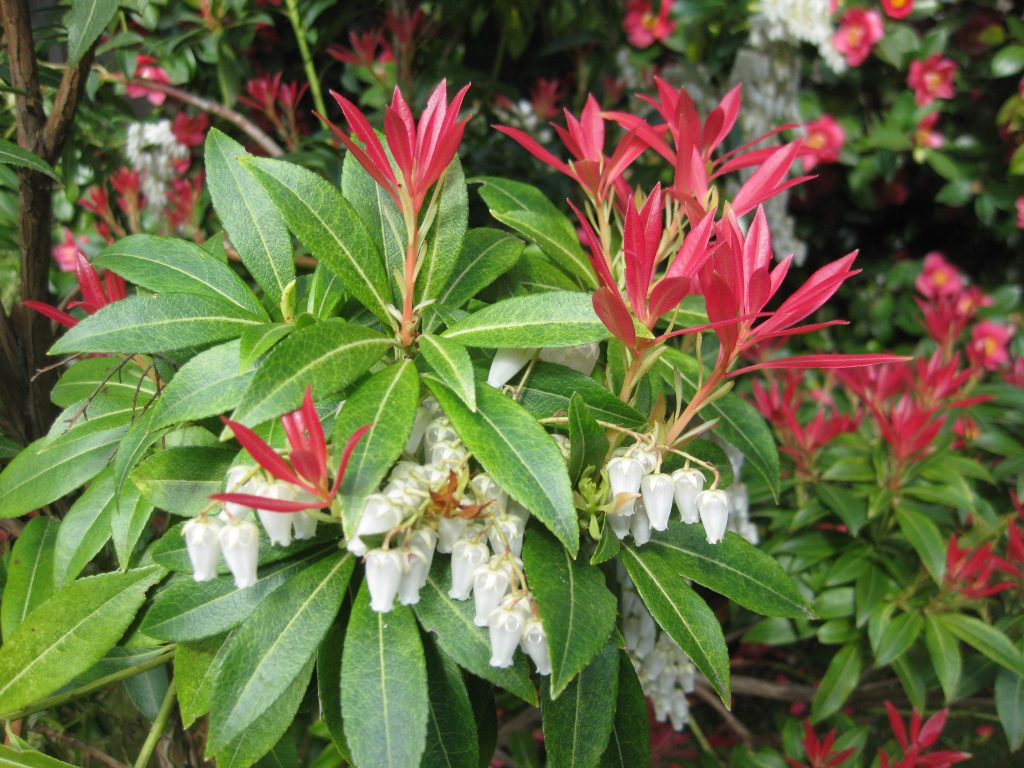
4. Fertiliser
Plants need many nutrients to flourish well. To make sure that your plant is getting every nutrient they need. You can use fertilisers, manure made of kitchen waste, or chemical fertiliser specifically made for the houseplants.
The soil should be prepared before sowing the seeds, and then spray or add fertiliser to the soil. Make sure to add them during the blooming season means spring, because nutrients help in hormone production, which helps in promoting the flower’s growth.
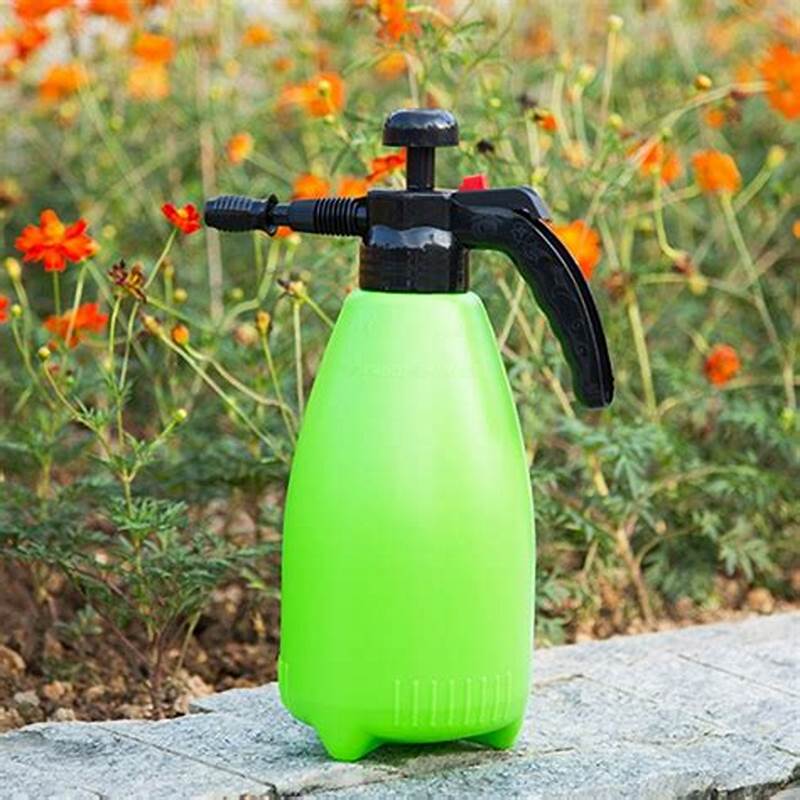
5. Maintenance
Maintenance of the plant is the most important thing. After growing, we have to pamper them and provide them with the best facility. For the maintenance of the plant, regular trimming is important with shears. In Pieris Japonica, dead and damaged plants never wither off; therefore, they use the nutrients of the new leaves. Thus, trimming is important and helps in removing dead and spoiled leaves, which take up the nutrients of healthy leaves. This also helps in keeping the shape of the plant maintained. Regular trimming, thus, helps in maintenance.
During maintenance, check for the white spots, which are caused by Scale or Spider mites that cause maximum damage to the plant. Also, don’t forget to spray them with Neem Oil to avoid damaging of the plant by the pests.
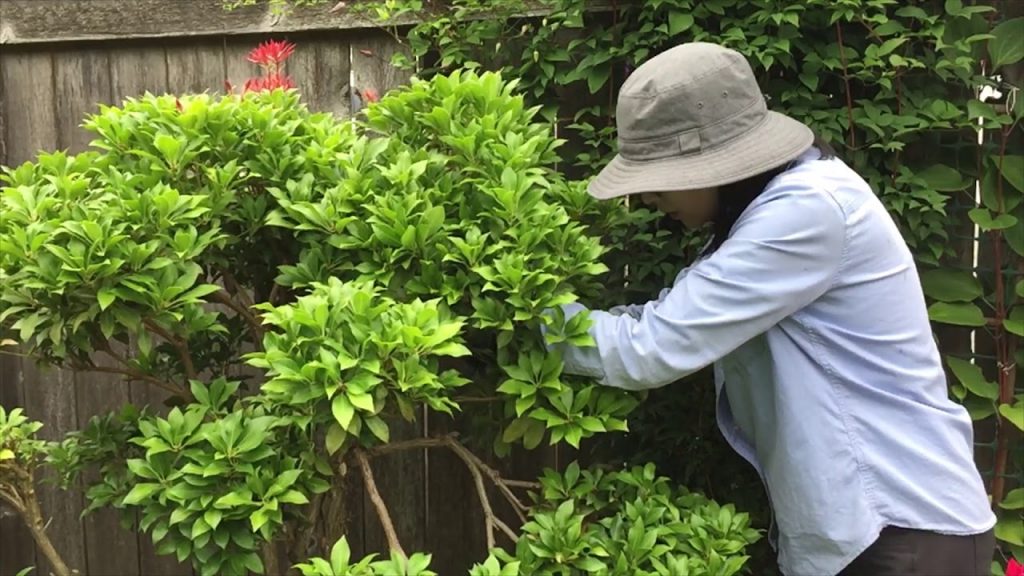
6. Propagation
After taking care of your plant and cherishing it for months, it’s time to reduce the new stems and remove the burden from their stems. Cut the new stems from the Pieris japonica and plant them in the peat moss mixture to help them propagate better. This helps you grow more Pieris japonica in your garden. Otherwise, you can use those stems as the manure for your garden.
These new stems have a greater chance of survival than using the seeds in your garden. Because these stems are mature enough to handle the environmental stress which they go through while growing. For better growth, make sure to use the rooting chemical in soil that helps in growth to help them absorb nutrients.
- Heated Medium Propagator has a heated tray with an approximate temperature of 16-21 degrees Celsius
- Robust and durable plastic injection moulded tray and shatter resistant lid meaning it will last...
- Adjustable ventilation control for air flow and humidity to give your plants the best environment to...
In propagation, the soil should be prepared before sowing. This will help the compost mix well, which will help in root propagation. You can also use the synthetic environment for the propagation of your seed.
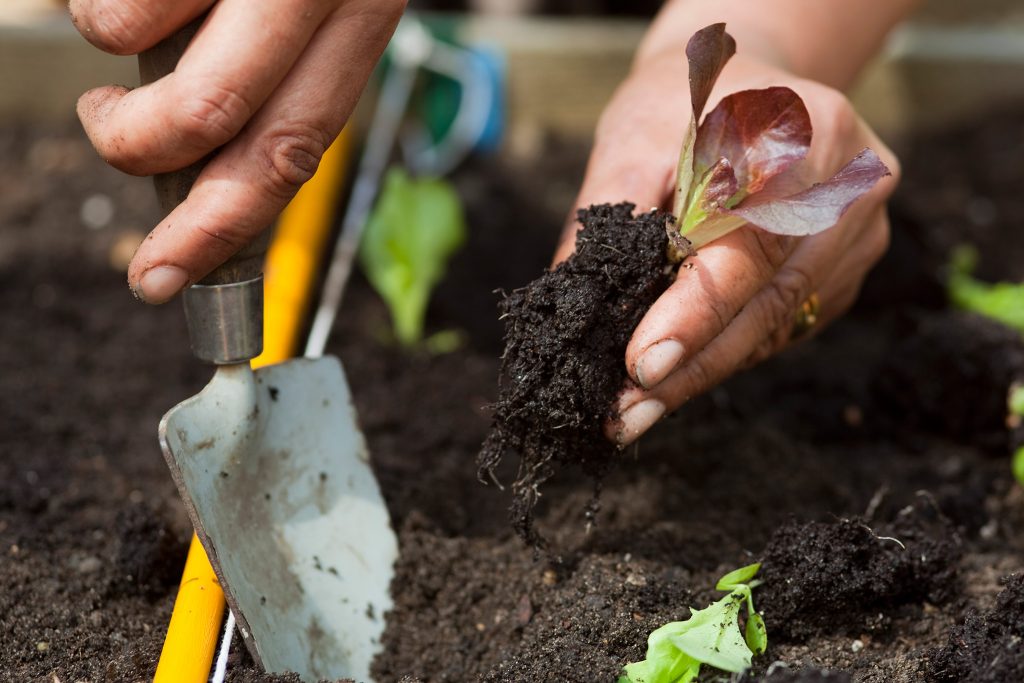
Caring Tips for Pieris Japonica
- Pieris japonica is an easy-growing plant. Thus, they don’t require much care. Regular watering is the most prominent requirement.
- They are very sensitive to cold temperatures; thus, sowing them in winter is not advised.
- In winter, during frost or low temperatures, cover them up with drapes that will protect them.
- Fertilisers and pesticides are the important things you need to include in the caring tips for maintaining the nutrient level for better growth.
- If you see insects around your plant, then use the adhesive strips to catch the insects and protect the plant from damage.
- Don’t keep them in direct sunlight; otherwise, this will hamper their growth.
Conclusion
Pieris japonica is a beautiful and versatile plant that can add a touch of elegance to your garden. With the right care and seclusion, you can make your plant thrive well. The most important component of growing them is the sunlight and soil.
Because if you consider loamy, which is commonly used, then this would hamper their growth because loamy soil has the moisture-containing property. Thus, make sure to use black soil for your Pieris japonica.
I think now you have got the right idea of the components and the things you require for growing Pieris japonica in your garden. This time you won’t miss the chance to get beautiful flowers that will brighten up your garden.
If you loved the blog and got most of your questions answered, then don’t forget to add the comment below and do share it with your friends and family who love gardening like you.
Frequently Asked Questions
When to Prune Pieris Japonica?
In late or early summer, you will witness the faded flowers on your plant; that is the sign of pruning the plant. While pruning, make sure to remove the dead and damaged leaves and flowers from the plant. This will help you maintain plant health and also prolong the life of the plant.
How to Propagate Pieris Japonica?
Pieris japonica can be propagated using cuttings, layerings, or division. The best time to propagate is during the late spring and early summer. Take the new stem and exclude the base leaves, then sow them in the soil mix( with the peat moss). Keep the cuttings in the shade and ensure they stay moist until they establish roots.
Can I Grow Pieris Japonica In the Container?
Yes, you can grow Pieris japonica in a container, but make sure that your container has drainage holes and use well-draining potting soil. But, the container should be large enough as their root can propagate in the container. Place the container in a shady area and never let the soil dry out; thus, water them regality and mostly in summer.
Will Pieris Japonica grow well in the darkest corner?
Pieris Japonicadoesn’tt loves sunlight yet; for photosynthesis and hormone production, there is a requirement for sunlight. That’s why instead of placing them in direct sunlight, place them in a spot where partial sunlight is available. But, avoid the darkest corner as it will affect the plant growth.
Name of the Common Pests Affecting Pieris Japonica?
Pieris Japonica is a flowering plant. Thus, they also produce nectar which attracts bees and many other animals. For pollination, these are the perfect match, but at the same time, some pests can damage your plant. Aphids, Spider mites, and Fungus Gnats are the major enemies of your plant. You can use the pesticide or cohesive strips to keep them away from your plant.


